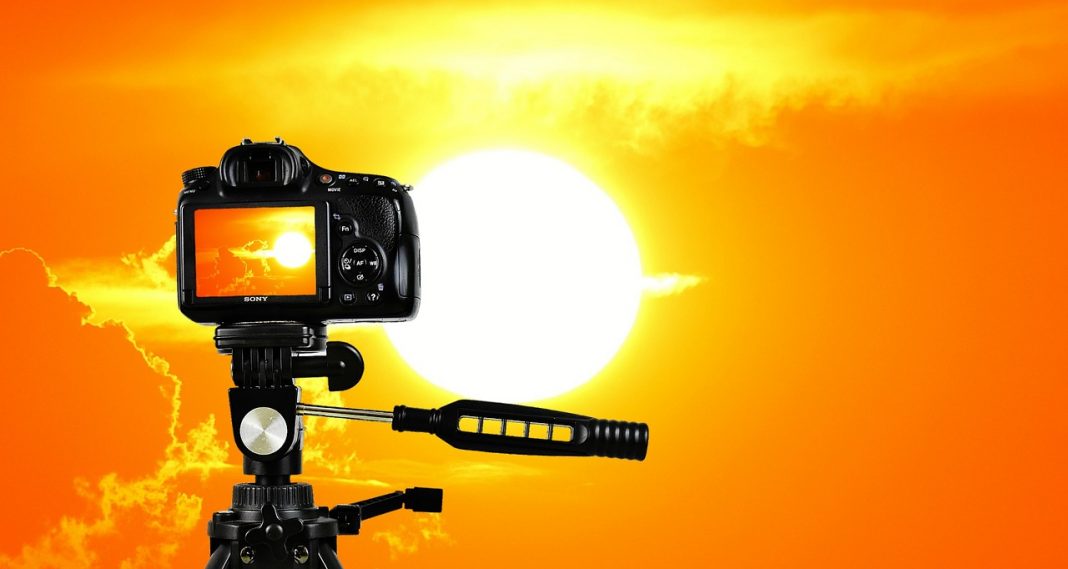As ethnographic storytellers, we deal with reality, which usually means that we can’t set up a studio with perfect 3 point artificial lighting. We have to deal with harsh mid-day sun, rain, fog, clouds … we have to shoot indoors and outdoors and move between them relatively seamlessly … and sometimes we have no light at all.
To face this challenge we just need to remember 3 things:
1. Light is a tool. No matter what it is (hard/soft/bright/dim/colored/etc.), the light can be a tool of storytelling.
2. Use that tool. Consider how it might contribute. If it is movable, consider moving it. And if it can be easily augmented with something in your camera bag or something else in the environment, use it.
3. Know your equipment. After considering how the light can contribute to your story and using the light tools at your disposal, be prepared to use your camera effectively to capture the scene.
To know your equipment, you have to practice. So here is the challenge. See if you can go out and shoot these 10 shots:
1. Evenly lit face in full sun (noon or early afternoon)
- Tip 1 (not in the video): Shoot with neutral / flat picture profile / settings. On the Sony a6300 I use Neutral -3 -3 0. On the Canons shoot in C-Log.
- Video: Shoot in the shade so your subject doesn’t have to squint and the light is even. Ideally the sun should be behind you in this scenario (light bounces to subject and fills/lights there face)
- Consider the background when deciding on depth of field.
- Do not use auto-exposure. Set your exposure for the subject.
- If trees are not dense enough you can get uneven light and may need to shoot with the sun behind you. (see front-lit / back-lit examples)
- Use natural reflectors (cement, snow, etc.) as fill light
- Wide-Angle lenses not as flattering, but can be useful for storytelling.
When there is no shade:
2. Bright sun portrait with de-focused background
- de-focused background requires low f-stop
- to do that, use a variable ND filter (1:40)
- Soften the light (Soft = large diffuse light source, Hard = small intense light source)
3. Backlit Golden hour Portrait
- Looking directly into the sun looks great for photos, might not work for video due to squinting
- (2:30) You can backlight by exposing for the face and letting the sun spill over.
- You might be able to get some cool flares.
- Do not set White Balance automatically
- Set your equipment before golden hour
- Consider using a reflector if you have one
- Make use of flaring
- Shoot Wide Angle
4. Unstaged Silhouette
- Use a spot meter when exposing to expose for what you want to expose
- For a silhouette you want to expose for the sky/background not your subject.
- Put subject in the shade and expose for the sky.
5. Sunburst (sun stars) and/or light leaks video
6. Clean (no grain) low-light indoor video
How to Light for a Dark Scene
The key: Use lights. Bounce them off the walls or floor
7. Night portrait with bokeh background
8. Night landscape with no grain. Everything in focus.
9. Soft light night portrait/interview on the street
10. One creative use of Lume Cube
More DIY fun:
.



